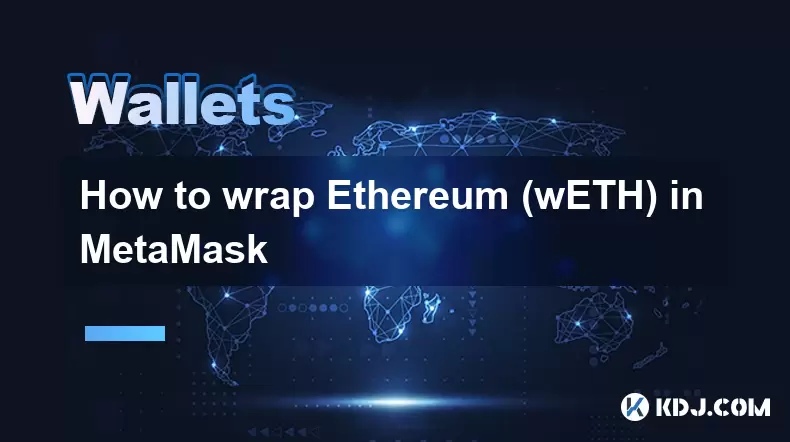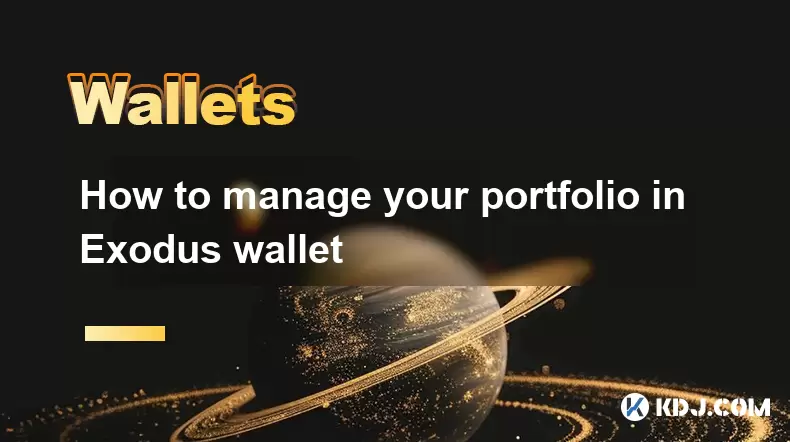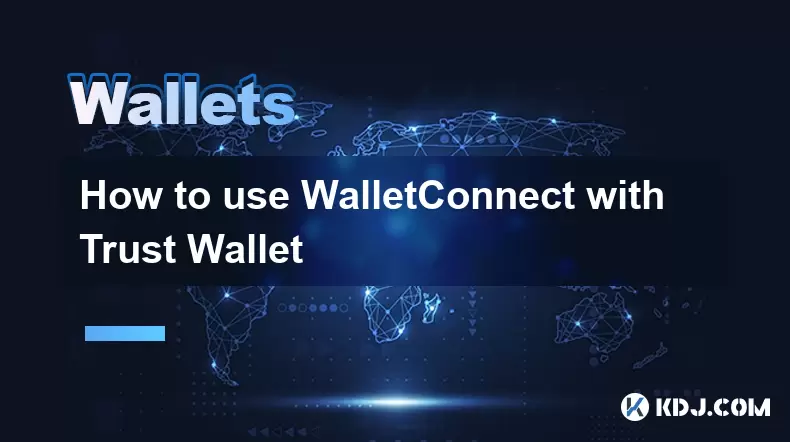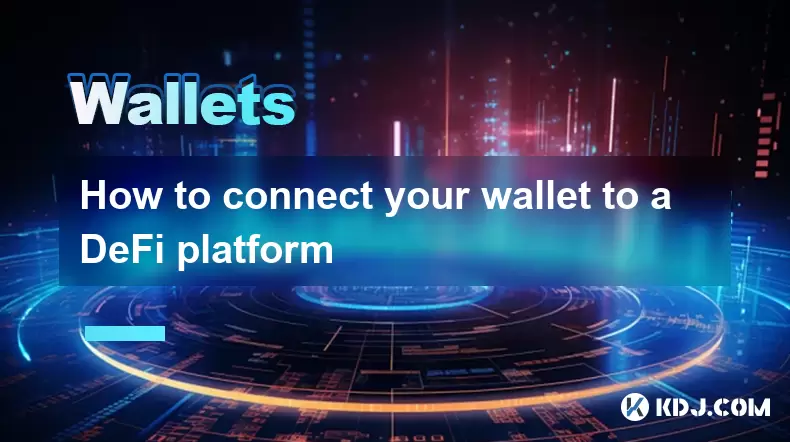-
 Bitcoin
Bitcoin $121100
0.58% -
 Ethereum
Ethereum $4696
-0.08% -
 XRP
XRP $3.215
-2.33% -
 Tether USDt
Tether USDt $0.9999
0.00% -
 BNB
BNB $863.5
1.02% -
 Solana
Solana $202.9
0.63% -
 USDC
USDC $0.9994
-0.03% -
 Dogecoin
Dogecoin $0.2384
-3.43% -
 TRON
TRON $0.3676
2.68% -
 Cardano
Cardano $0.9704
10.78% -
 Chainlink
Chainlink $23.42
-3.16% -
 Hyperliquid
Hyperliquid $46.63
2.40% -
 Stellar
Stellar $0.4423
-2.88% -
 Sui
Sui $3.933
-2.53% -
 Bitcoin Cash
Bitcoin Cash $608.8
-0.25% -
 Hedera
Hedera $0.2641
-0.78% -
 Ethena USDe
Ethena USDe $1.000
-0.02% -
 Avalanche
Avalanche $24.91
-1.56% -
 Litecoin
Litecoin $127.9
-3.85% -
 Toncoin
Toncoin $3.509
-0.67% -
 UNUS SED LEO
UNUS SED LEO $9.269
0.23% -
 Shiba Inu
Shiba Inu $0.00001357
-2.89% -
 Uniswap
Uniswap $11.42
-5.71% -
 Polkadot
Polkadot $4.191
-2.18% -
 OKB
OKB $102.8
-4.14% -
 Bitget Token
Bitget Token $4.749
-2.52% -
 Dai
Dai $0.9998
0.00% -
 Cronos
Cronos $0.1630
-3.52% -
 Pepe
Pepe $0.00001183
-4.65% -
 Aave
Aave $324.7
-0.96%
What is the Coinbase Wallet passkey feature?
Coinbase Wallet’s passkey feature uses biometrics and cryptographic keys for secure, phishing-resistant access without passwords or seed phrases.
Aug 13, 2025 at 11:36 am

Understanding the Coinbase Wallet Passkey Feature
The Coinbase Wallet passkey feature is a modern authentication method that replaces traditional passwords and recovery phrases with cryptographic key pairs. This system leverages FIDO2 and WebAuthn standards, enabling users to securely access their digital assets using biometrics (like Face ID or fingerprint) or device-level authentication. Unlike conventional login methods, passkeys are phishing-resistant and eliminate the need to remember complex passwords. Each passkey consists of a public and private key, where the private key remains securely stored on the user’s device and is never transmitted over the internet.
This feature is part of Coinbase’s effort to simplify wallet access while enhancing security. By integrating passkeys, Coinbase Wallet reduces the risk of human error associated with seed phrase management. The private key never leaves the user’s device, making it significantly more secure than cloud-stored credentials or manually written recovery phrases. When a user sets up a passkey, the wallet generates a unique cryptographic signature that ties the user’s identity to their wallet without exposing sensitive data.
How to Set Up a Passkey in Coinbase Wallet
Setting up a passkey in Coinbase Wallet involves a straightforward process that ensures your wallet remains both accessible and secure. To begin, ensure your device supports passkey authentication and that you’re using the latest version of the Coinbase Wallet app.
- Open the Coinbase Wallet app and navigate to the security settings
- Select “Use Passkey” or “Add Passkey” from the authentication options
- Confirm your identity using your device’s biometric system (Face ID, Touch ID, etc.)
- The app will generate a cryptographic key pair, storing the private key locally
- Verify the setup by logging out and logging back in using your biometrics
During this process, no seed phrase is generated or displayed. Instead, the passkey becomes your primary authentication method. If you’re using an iOS device, the passkey is stored in iCloud Keychain, allowing synchronization across trusted Apple devices. On Android, Google Password Manager handles secure storage and syncing. This ensures you can access your wallet across multiple devices without compromising security.
Recovering Access with a Passkey
One common concern is how to regain access if a device is lost or damaged. With the Coinbase Wallet passkey system, recovery depends on your ecosystem’s built-in sync features. For Apple users, if your passkey is saved in iCloud Keychain, you can restore access on a new iPhone or iPad by signing into the same Apple ID and enabling iCloud Keychain. Similarly, Android users who have enabled Google Password Manager can retrieve their passkey on a new device after signing into their Google account.
It’s critical to understand that there is no separate recovery phrase when using a passkey. Your ability to recover access is tied directly to your Apple ID or Google account security. This means enabling two-factor authentication (2FA) on your Apple or Google account is essential. Without access to your cloud account, recovery is not possible. Users are encouraged to ensure their cloud accounts are secured with strong passwords and 2FA to prevent unauthorized access.
Security Advantages of Passkeys Over Traditional Methods
The passkey feature significantly improves security compared to traditional password or seed phrase-based systems. Passwords are vulnerable to phishing, brute-force attacks, and data breaches. Seed phrases, while secure if stored properly, are often mishandled—written down, photographed, or stored digitally—making them susceptible to theft.
In contrast, passkeys are immune to phishing because each authentication request is cryptographically tied to the specific domain (e.g., wallet.coinbase.com). Even if a user is tricked into visiting a fake site, the passkey will not authenticate. Additionally, the private key is never exposed to servers or networks, reducing the attack surface.
Biometric authentication adds another layer of protection. Since the biometric data itself is not stored or transmitted—only used locally to unlock the private key—the risk of identity theft is minimized. The combination of local storage, biometrics, and cryptographic verification makes passkeys one of the most secure methods available for wallet access.
Compatibility and Device Requirements
The Coinbase Wallet passkey feature is not universally available across all devices and platforms. To use it, your device must meet specific technical requirements. For iOS users, you need an iPhone or iPad running iOS 16 or later with iCloud Keychain enabled. For Android users, your device must support Google Password Manager and run Android 9 or higher.
Web-based access to Coinbase Wallet via browser also supports passkeys, provided the browser is compatible with WebAuthn. Supported browsers include Google Chrome, Safari, and Microsoft Edge on devices with biometric capabilities. When accessing your wallet on a desktop, you may be prompted to authenticate using a connected smartphone via Bluetooth or QR code scanning.
It’s important to note that not all wallet actions may support passkey authentication. Certain high-risk operations, such as changing recovery methods or exporting keys, may still require additional verification steps. Users should ensure their operating systems and apps are kept up to date to maintain compatibility and security.
Frequently Asked Questions
Can I use a passkey and a recovery phrase at the same time in Coinbase Wallet?
No. When you set up a passkey, Coinbase Wallet does not generate or display a recovery phrase. The passkey becomes your sole method of access. If you want a recovery phrase, you must create a wallet using the traditional method before enabling passkeys.
What happens if I lose both my phone and my cloud account?
If you lose access to your device and your Apple ID or Google account, you will not be able to recover your wallet. There is no backup mechanism outside of your cloud provider’s ecosystem. This underscores the importance of securing your cloud account with strong credentials and 2FA.
Is the passkey stored on Coinbase’s servers?
No. The private key associated with your passkey is never stored on Coinbase’s servers. It remains encrypted and stored only on your device or in your iCloud Keychain / Google Password Manager. Coinbase does not have access to it.
Can I disable the passkey and switch back to a password?
Once a passkey is set up, you cannot revert to a password-based system within the same wallet instance. To return to using a recovery phrase, you would need to create a new wallet using the standard setup process.
Disclaimer:info@kdj.com
The information provided is not trading advice. kdj.com does not assume any responsibility for any investments made based on the information provided in this article. Cryptocurrencies are highly volatile and it is highly recommended that you invest with caution after thorough research!
If you believe that the content used on this website infringes your copyright, please contact us immediately (info@kdj.com) and we will delete it promptly.
- Kazakhstan's Crypto Leap: Bitcoin ETF and Central Asia's Digital Finance Future
- 2025-08-13 12:45:19
- BlockDAG Presale Blazes Past $371M: Fundraising Frenzy Fuels Crypto Sensation
- 2025-08-13 13:05:21
- Meme Coins: Chasing the 2025 Surge – Which Will Moonshot?
- 2025-08-13 10:25:23
- Bitcoin's Wild Ride: Rally, Pullback, and What's Next
- 2025-08-13 10:25:23
- Bitcoin, Bitmax, and Institutional Demand: A New Era of Crypto Investment
- 2025-08-13 10:45:12
- Solana, ROAM, and Airdrops: What's the Buzz in 2025?
- 2025-08-13 11:35:13
Related knowledge

How to wrap Ethereum (wETH) in MetaMask
Aug 13,2025 at 11:36am
Understanding Wrapped Ethereum (wETH)Wrapped Ethereum (wETH) is a tokenized version of native Ethereum (ETH) that conforms to the ERC-20 standard, ena...

How to manage your portfolio in Exodus wallet
Aug 08,2025 at 10:07pm
Understanding the Exodus Wallet InterfaceThe Exodus wallet is a non-custodial cryptocurrency wallet that supports a wide range of digital assets. When...

How to manage your portfolio in Exodus wallet
Aug 13,2025 at 11:35am
Understanding the Exodus Wallet InterfaceThe Exodus wallet is a non-custodial cryptocurrency wallet that supports a wide range of digital assets. Upon...

How to reset your MetaMask password
Aug 08,2025 at 01:28pm
Understanding the MetaMask Password Reset ProcessMany users confuse the MetaMask password with the seed phrase or private key, but they serve differen...

How to use WalletConnect with Trust Wallet
Aug 13,2025 at 01:07am
What Is WalletConnect and Why It Matters for Trust Wallet UsersWalletConnect is an open-source protocol that enables secure communication between dece...

How to connect your wallet to a DeFi platform
Aug 13,2025 at 11:36am
Understanding Wallet Compatibility with DeFi PlatformsBefore connecting your wallet to any DeFi platform, it's essential to ensure your wallet is comp...

How to wrap Ethereum (wETH) in MetaMask
Aug 13,2025 at 11:36am
Understanding Wrapped Ethereum (wETH)Wrapped Ethereum (wETH) is a tokenized version of native Ethereum (ETH) that conforms to the ERC-20 standard, ena...

How to manage your portfolio in Exodus wallet
Aug 08,2025 at 10:07pm
Understanding the Exodus Wallet InterfaceThe Exodus wallet is a non-custodial cryptocurrency wallet that supports a wide range of digital assets. When...

How to manage your portfolio in Exodus wallet
Aug 13,2025 at 11:35am
Understanding the Exodus Wallet InterfaceThe Exodus wallet is a non-custodial cryptocurrency wallet that supports a wide range of digital assets. Upon...

How to reset your MetaMask password
Aug 08,2025 at 01:28pm
Understanding the MetaMask Password Reset ProcessMany users confuse the MetaMask password with the seed phrase or private key, but they serve differen...

How to use WalletConnect with Trust Wallet
Aug 13,2025 at 01:07am
What Is WalletConnect and Why It Matters for Trust Wallet UsersWalletConnect is an open-source protocol that enables secure communication between dece...

How to connect your wallet to a DeFi platform
Aug 13,2025 at 11:36am
Understanding Wallet Compatibility with DeFi PlatformsBefore connecting your wallet to any DeFi platform, it's essential to ensure your wallet is comp...
See all articles

























































































